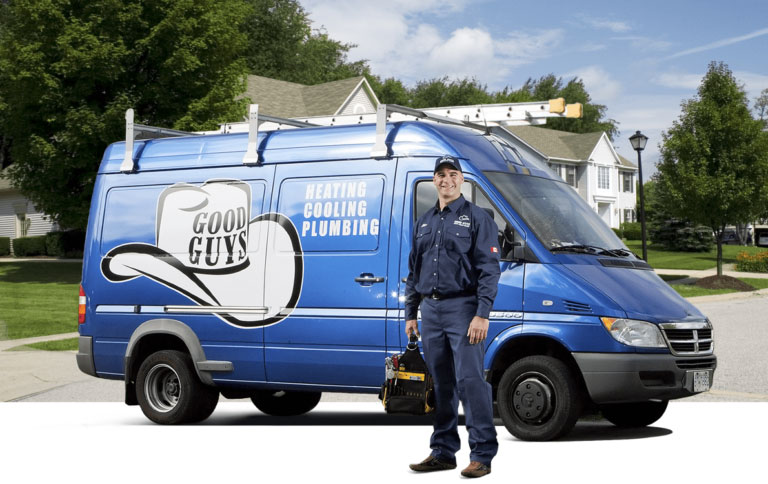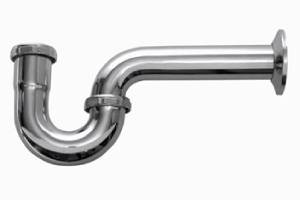Most homes do not have the power supply required by an electric tankless water heater
Electric hot water tanks usually take longer to re-heat hot water than gas systems. For this reason, homeowners with electric hot water tanks are often attracted to the “endless hot water” that is promised by tankless water heaters. Unfortunately, it takes a lot more energy to heat up water instantly than it does to heat it up over time, and tankless units have much larger power requirements than tanks.
Smaller gas tankless water heaters have inputs of 125,000 Btu and outputs of about 100,00 Btu. This is usually not enough to run two showers at the same time. Larger gas tankless water heaters have inputs of 175,000 Btu and outputs of about 165,000 Btu (enough to run about 2 showers).
An electric tankless water heater that produces as much hot water as a smaller gas unit (about 100,000 Btu output) will require a power supply of about 120 amps @ 220V. A typical home in the Greater Vancouver area has a 100 amp power supply. This means that, even if everything else in the home that uses electricity was shut off, there would not be enough power to run this unit. Even a smaller electric tankless unit that only draws 80 amps (and is thus potentially unable to supply a single “regular” shower) would still consume almost the entire power supply of the home.
Installing an electric tankless water heater will require an electrician to upgrade the home’s power supply in most cases, which will usually cost at least $2000.
Larger electric hot water tanks are available to provide more hot water
For homes with electric hot water tanks, a larger tank can be installed to provide more hot water. A 50 gallon tank usually doesn’t cost much more than a 40 gallon tank. If even more hot water is required, a 60 gallon tank with 50% more powerful elements can be installed. These units require a new breaker and a larger wire to be run to the hot water tank, but can still provide a lot more hot water without increasing power requirements as drastically.



